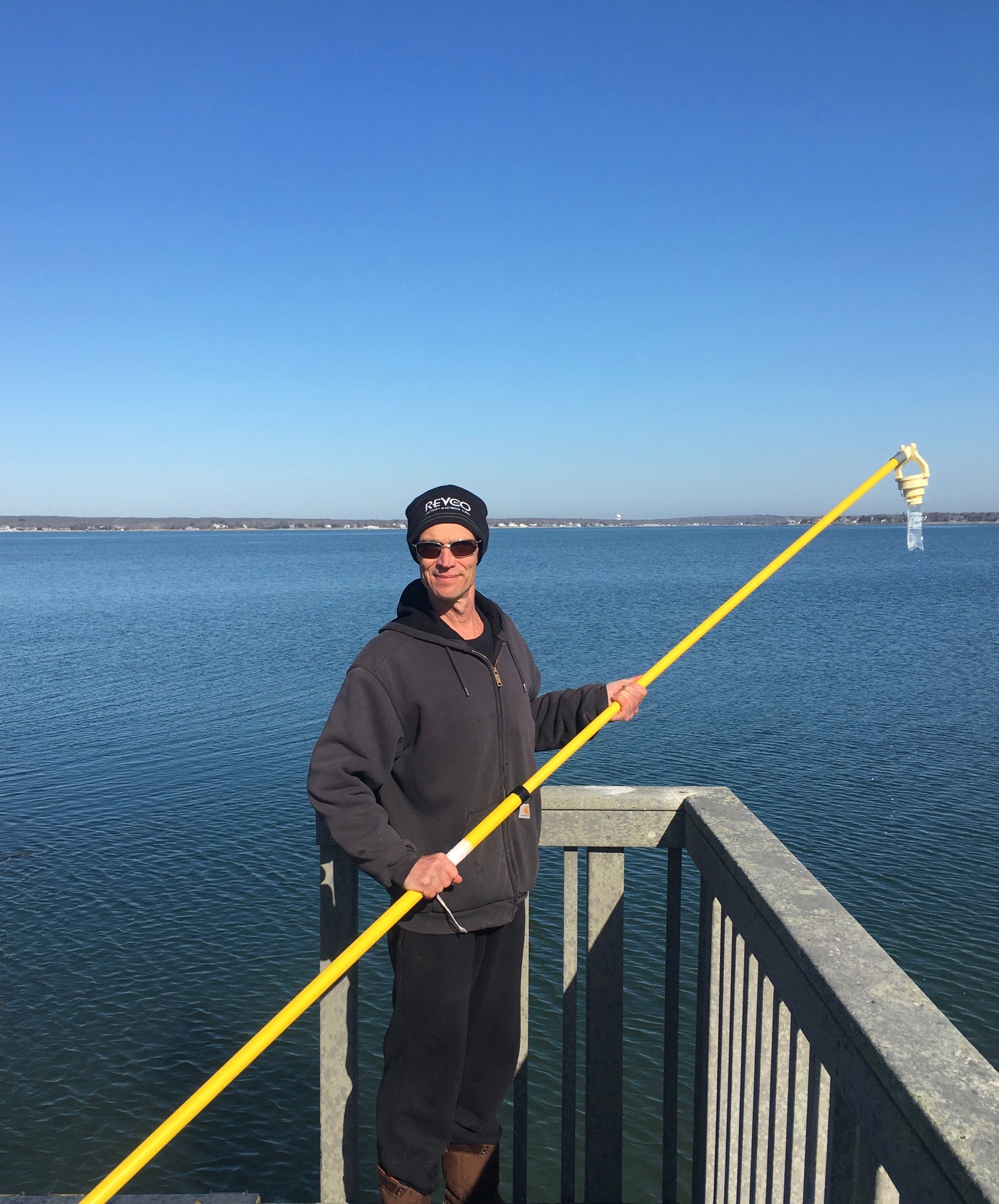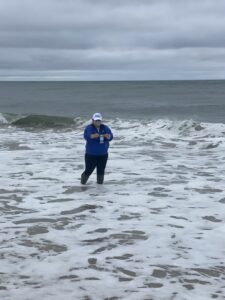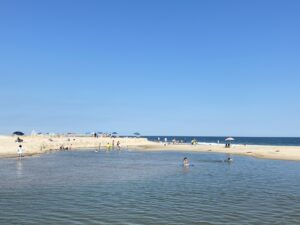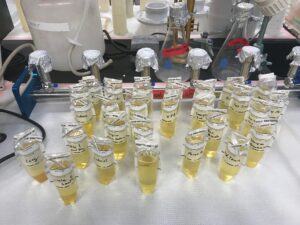Blue Water Task Force Water Quality Monitoring Program

Peconic Baykeeper is a proud partner in the Blue Water Task Force, a volunteer-run water quality monitoring and testing program managed by The Surfrider Foundation that monitors 0ver 80 sites on the East End. This program identifies any potential problems with bacteria pollution we may face in our coastal waters, allowing us to be proactive in protecting our local waterways and waterway users. The majority of these sites are not classified as “public bathing beaches” and are otherwise untested by the Suffolk County Department of Health Services or other entities.
Water samples are collected year-round (weekly during the summer months) at various beaches on the East End with processing done at our lab at Peconic Baykeeper’s Hampton Bays office. Water quality alerts are posted to our website (below) and shared through our Facebook and Instagram accounts. Historical and current data can also be found on the Blue Water Task Force website. Thanks to the generous grant support of the Long Island Community Foundation in 2021, we have expanded monitoring to the North Fork, the Western Peconics, and additional sites in Shinnecock Bay. We always welcome public input to identify new monitoring locations so please let us know if you have a specific site in mind or are interested in working as a water sampling volunteer.

For a recap and report on the efforts of the Blue Water Task Force in 2024 please click here! (For optimal viewing please use Google Chrome)
Recent Test Results
Bacteria Monitoring Report 6:16:15 (PDF)
Bacteria Monitoring Report 6:09:25 (PDF)
Bacteria Monitoring Report 6:2:25 (PDF)
Bacteria Monitoring Report 5:19:25 (PDF)
Bacteria Monitoring Report 5:5:25 (PDF)
Bacteria Monitoring Report 04:14:25 (PDF)
Bacteria Monitoring Report 03:10:25 (PDF)
Bacteria Monitoring Report 02:10:25 (PDF)
Bacteria Monitoring Report 1:13:2025 (PDF)
For Past Results Visit The Archive:
https://peconicbaykeeper.org/water-quality-report-archive/

Alexa Collecting Water Samples at Ponquogue Beach
Why Is This Important?
The samples we take from our local beaches get tested for Enterococcus, a coli form bacterium that indicates fecal pollution (human or animal waste) and other pathogens that can lead to skin irritation and illness in people and pets. Fecal pollution also acts as a fertilizer for toxic algal blooms that are dangerous for people, pets, and wildlife. Before heading to the beach, check the above links for the most recent test results and warnings.
What Have We Learned?
- Bacteria levels tend to be higher in creeks and in closed, still bodies of water than at open ocean and bay beaches.
- Bacteria levels are typically higher during summer months (June-October).
- Higher bacteria levels are measured after rain events
How Can You Stay Safe?
The following tips will help to protect yourself and your family from getting sick at the beach:
- Only swim at ocean or bay beaches with lifeguards on duty.
- Avoid swimming 24-48 hours after it rains, especially in ponds and enclosed bay and lake sites.
- Keep children out of streams and runoff at the beach.
- Never enter the water where Blue-Green Algae Bloom signs are posted. Don’t let your dogs in the water either!
- Rinse with freshwater before you eat or leave the beach.
- Stay informed by checking the most recent water quality reports.


